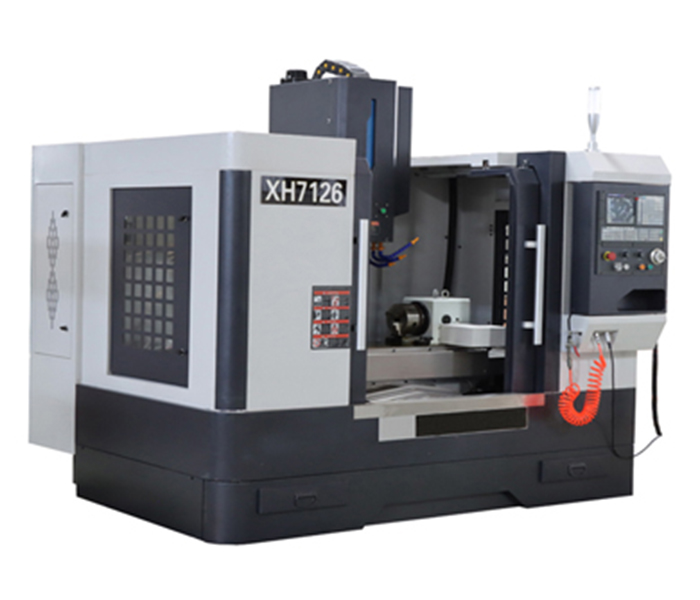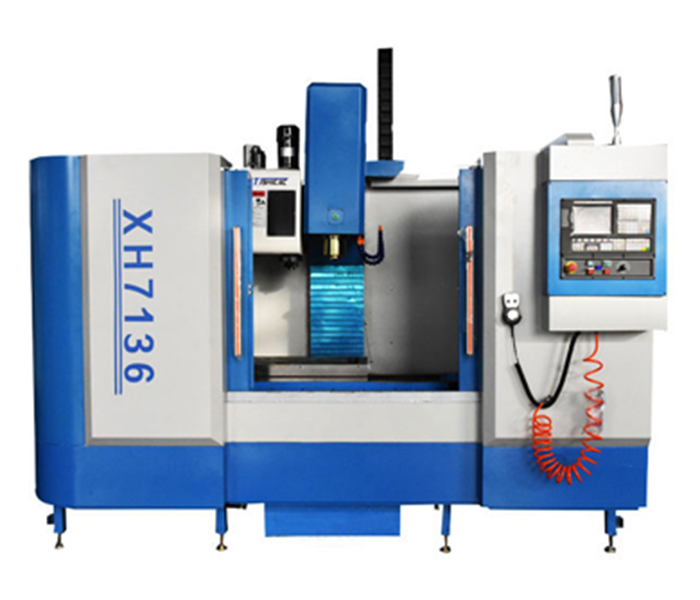Cutting aluminum on a CNC milling machine is not an easy task and care should be taken to use the best feeds and speeds. However, special care is required when approaching the limits of the tool performance.
Cutting Aluminum with Aluminum Mills (Carbide End Mills)
Spiral mills, compression mills, etc. are not suitable for aluminum machining. Use mills designed specifically for aluminum to cut aluminum. Most CNC milling machines use 2-flute or 3-flute carbide end mills for machining. Single-flute end mills can also be used, but in no case should a mill with more than 3 flutes be used.
Use Smaller Diameter Mills
Another way to increase the speed of a CNC milling machine is to use a smaller diameter mill. This goes down to 1/4 inch maximum and usually smaller. Because you are machining smaller diameters, you need a more rigid milling cutter to prevent the cutter from deflecting. Carbide is much more rigid than high-speed steel, so this is another reason to favor carbide.
#3 Carbide milling cutter example, let’s say we are using a 3/16″ end mill instead of a 1/4″ end mill. This seemingly small change has now raised the recommended rpm to 23,226 rpm – well within the spindle speed range. It is easy to reduce the speed to 20K rpm and extend tool life.
Chip Cleaning
When the material has an affinity for the tool. Recut chips are more likely to damage the drill. Be thorough with chip cleaning. The deeper the cut, the deeper the tool enters and the more difficult it is to clear the chips from the bottom of the hole. Make more cuts to cut to the required depth because chips from shallower depths are easier to clean. When using materials with thin aluminum flakes bonded to them, place the flakes with the aluminum side facing up. This makes it easier to remove the aluminum from the mill as quickly as possible.
Lubricate with Oil Mist
Assuming these chips are fairly thorough, the next issue is to provide lubrication to reduce chips sticking to the cutting edge.
Many CNC milling machine users hate using any type of coolant, but must use some type of lubricant to cut reliably. Since you may already have a compressed air jet installed, you can also run a coolant mist through the jet. The mist can be set up so that very little liquid is deposited to avoid a mess, as long as the spray is acting on the tool.
If you are cutting very thin aluminum, or taking very shallow paths, you can get by without lubrication.
Feed Rate
If the feed rate is too slow, you risk rubbing the tool instead of cutting. This is a much greater risk for CNC milling machine users than milling machine users who are running the spindle too fast. In order to maintain the recommended chip load at such high speeds, the tool must be kept moving flexibly.
For example, our 3/16″ tool feeds at 21k rpm and has a speed of 91 IPM. If the speed is slow enough that the tool starts to rub at 20K rpm, it will heat up the entire workpiece and greatly shorten tool life.
Typically, aluminum milling cutters with 3 or fewer flutes are used because aluminum produces particularly large chips. The fewer flutes, the more space between the cutting edges, and the more room for large chips to escape and be blown away. If there are too many flutes, the chips will back up too tightly, plug the flutes, and tool breakage will soon occur.
CNC milling machine thin aluminum is very different than cutting thicker aluminum. The thicker the material and the greater the depth of cut, the more important the above considerations are.

|

|
If you also have a need for CNC milling machines, welcome to consult Shanghai ANTS Machine Equipment co., ltd. We have rich experience in manufacturing and using CNC milling machines and can provide you with professional technical support.


